 |
Family: Fabaceae (Leguminosae) Legumes comprise the vast majority of pioneer plants species because of their ability to survive ecologies with few nutrients. |
Custom Search
|
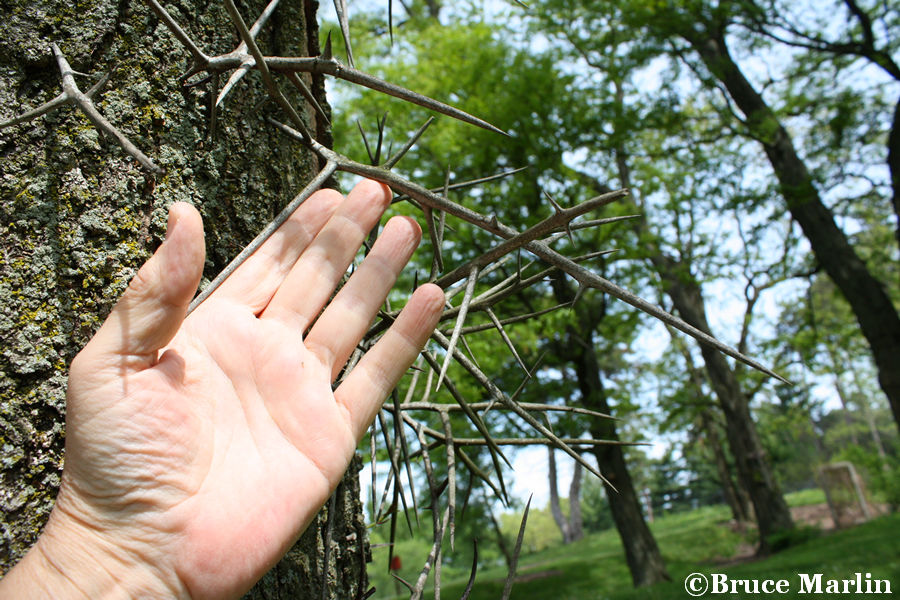
Japanese locust thorns; ancient defense mechanism has been bred out of many modern species
|
Fabaceae, or Legumes, are mostly herbs but include also shrubs and trees found in both temperate and tropical areas. They comprise one of the largest families of flowering plants, numbering some 400 genera and 10,000 species. Peanuts, beans, peas, wisteria and locust trees are among the family.
Legumes harbor nitrogen-fixing bacteria in nodules in their root structures. (Alders do the same). Legumes comprise the vast majority of pioneer plants species because of their ability to survive ecologies with few nutrients, such as the blow-down area around the 1980 explosion of Mount Saint Helens; the legume lupines were the first plant life found in the essentially sterilized (by pyroclastic flow) wasteland of volcanic ash downstream from the crater. The thorns pictured at right are defense features on an ancient tree, the Japanese locust. The thorns on these trees are so thick and profuse, they deter not only large grazing animals, but squirrels and other small mammals. |
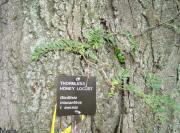 Honey Locust |
 Corkscrew Black Locust |
 Umbrella Black Locust |
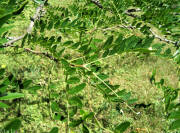 Water Locust |
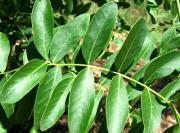 Caspian Locust Tree |
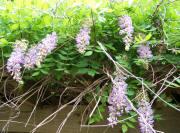 Kentucky Wisteria |
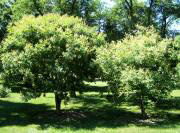 Amur Maackia |
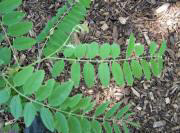 Hartwig Locust |
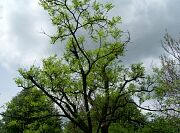 Scholar Tree |
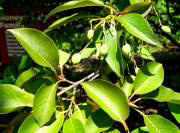 Jack's Viburnum |
 Twisty Babyâ„¢ Black Locust |
 Eastern Redbud |
Texas Redbud |
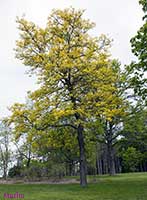 Sunburst Honey Locust |
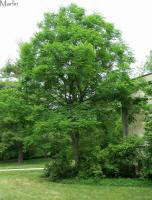 Kentucky Coffeetree |
| Tree Encyclopedia / North American Insects & Spiders is dedicated to providing scientific and educational resources for our users through use of large images and macro photographs of flora and fauna. |
 |
Tree Encyclopedia |
